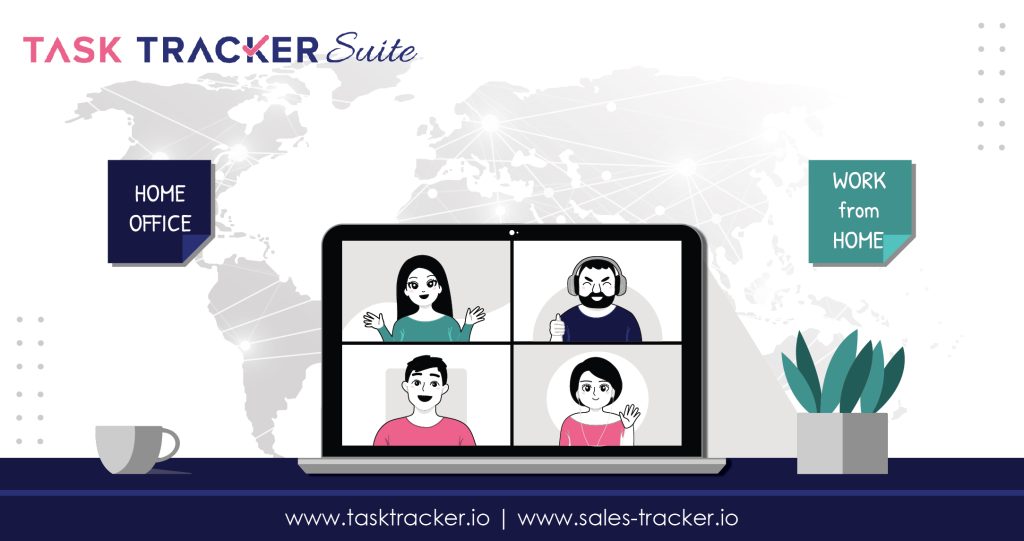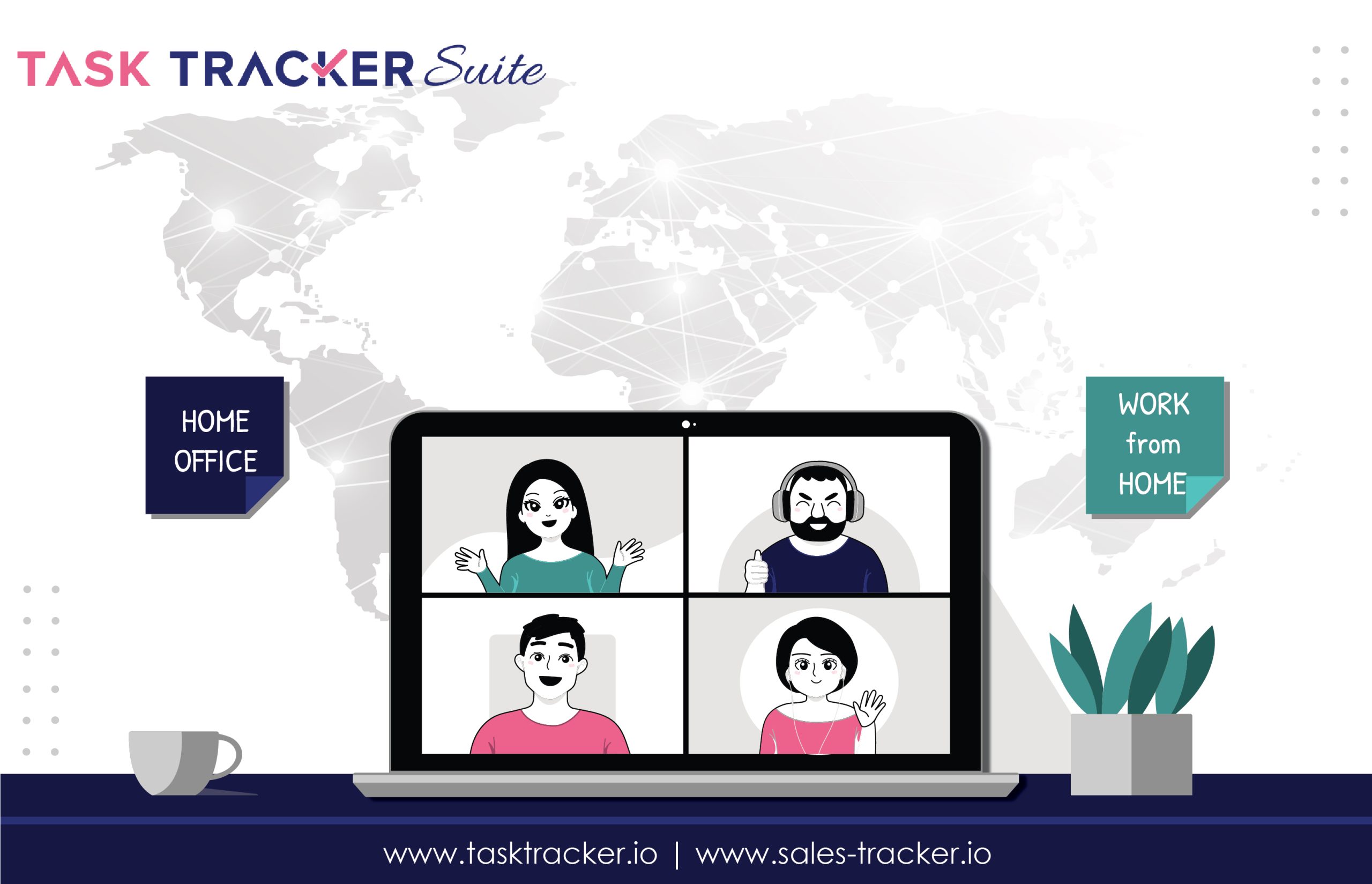
Remote work is not a trend but a reality. According to a survey by FlexJobs, 65% of respondents want to work remotely full-time after the pandemic, and 32% want a hybrid remote work environment. Remote work offers many benefits for both employers and employees, such as increased flexibility, reduced costs, and access to global talent. However, it also poses some challenges, especially when it comes to attendance management.
In this blog post, we will share some effective tips and strategies for managing remote team attendance, boosting productivity, and building trust.
Attendance Management Challenges For Remote Teams
Managing remote team attendance is more complex than logging in and out of a system. There are many factors and challenges you need to consider, such as:
- Time clocks and physical check-ins don’t work in a remote setting. You can’t rely on visual cues or presence to monitor your team’s attendance and performance.
- If you monitor your team’s every move and activity, you may create a culture of fear and resentment. You may also harm their freedom and creativity.
- Remote work can confuse the boundaries between work and life, making it hard to separate personal and professional time. This can lead to overwork, stress, and fatigue, or underwork, distraction, and procrastination.
- Remote work can create a sense of isolation and disconnection, affecting your team’s engagement and morale. It can also make it harder to communicate and collaborate, affecting your team’s productivity and quality.
Managing remote or geographically dispersed teams
To overcome attendance challenges with your remote team, you need to shift your mindset from managing to leading teams. Instead of controlling and micromanaging, focus on building trust and accountability with your team. Here are some tips to manage remote teams:
Focus on output, not activity
Track deliverables, project progress, and client satisfaction, not just time spent online. Instead of measuring how long your team works, measure what they accomplish and how well they do it. Set clear and realistic goals and expectations, and evaluate your team based on their results and impact.
Empowerment and ownership
Give team members freedom and responsibility for their work. Allow them to choose how, when, and where they work as long as they meet their deadlines and quality standards. Encourage them to take initiative and make decisions, and support them when they face challenges. Recognise and reward their achievements and contributions, and celebrate their successes.
Clear communication and expectations
Communicate your expectations and priorities clearly and make sure your team understands and agrees with them. Use various tools and platforms to communicate and collaborate with your team, such as email, chat, video conferencing, and project management software. Choose the appropriate mode and frequency of communication for different purposes and situations, and avoid over-communicating.
Regular check-ins and feedback
Schedule regular and consistent meetings with your team, both individually and collectively, to monitor their progress, address their issues, and answer their questions. Provide timely and specific feedback on their work, both positive and negative, and help them improve and grow. Offer guidance, coaching, and mentoring, and provide them with the resources and tools they need to succeed.
Task Tracker: Your Remote Team Management Partner
If you are looking for a complete solution for remote team attendance management, try Task Tracker. It’s a cloud-based task-tracking software that helps you track, manage, and optimise your remote team’s performance and productivity. With Task Tracker, you can:
- Track employee attendance with location and time.
- Track your team’s work hours and activities with ease and accuracy. You can create and assign tasks and monitor progress.
- You can also integrate Task Tracker with your other business tools and apps, such as Google Calendar, email, and WhatsApp, to stay updated on your work.
- Task Tracker allows you to chat with your team members, share files and documents, and create notes and comments for seamless teamwork.
- It also helps you observe team-wise and individual performance based on goals and KPIs such as billable hours, utilisation rate, and profitability.
- On Task Tracker’s intuitive dashboard, you can view a quick summary of your overall workflow.
Bottom Line
Managing remote team attendance effectively isn’t about micromanagement but about building trust, setting clear expectations, and using the right tools. By implementing the strategies outlined in this guide and leveraging Task Tracker, you can create a productive, engaged, and accountable remote team that thrives in today’s business world.
To experience how Task Tracker can empower your remote team to achieve remarkable results, start your free trial today. You will get access to all the features and functionalities of Task Tracker, and you can cancel anytime.


Leave a Reply